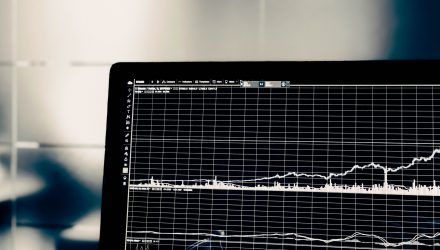So always make sure the dividend company you want to invest in will remain fundamentally strong and robust for many years to come.
#5 Company has Low CAPEX
As a dividend investor, you prefer to invest in a company with low capital expenditure (CAPEX). A company with high CAPEX means that it has to continually reinvest its profits in maintaining its business operations, leaving less to distribute as dividends.
For example, airlines have very high CAPEX as they need to continually maintain their aircraft and upgrade them to newer models after a certain amount of years.
So look for a company that’s able to maintain/grow its business with minimal CAPEX.
If you want help, you can always kick start the idea by downloading our watchlist of dividend paying stocks below:
#6 Company has Stable Free Cash Flow
Ultimately, a company must have real cash (not just profits) to be able to pay dividends to its shareholders. Even if a company is profitable but has negative or inconsistent free cash flow, it will have trouble paying stable dividends.
Related: 3 Rules for Dealing With Thinly Traded ETFs
A smaller company that is seeking to grow might have negative free cash flow as it expands its business. But a large, stable company that dominates its industry should be producing high amounts of free cash flow year after year.
#7 Yield Must Beat Risk-Free Rate
The dividend yield you receive should beat the risk-free rate of the country you reside in. The risk-free rate is the lowest return you can theoretically get “risk-free”over a period of time.
In the US, if you plan to invest your money for ten years, then the risk-free rate is usually based on the return of the 10-year US Treasury note which is currently around 2.30%. In Singapore, the risk-free rate is usually based on the interest your CPF special account gives you, which is 4%.
If your dividend yield can’t beat your risk-free rate, you might as well put your money with your CPF since you face less risk growing your money there compared to investing in stocks.
This article has been republished with permission from The Fifth Person.
